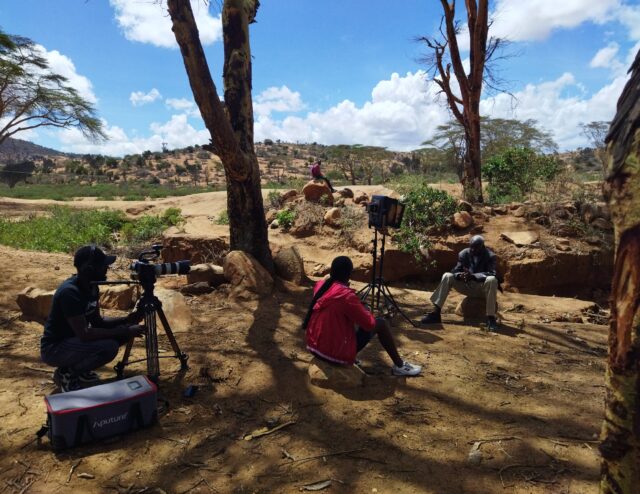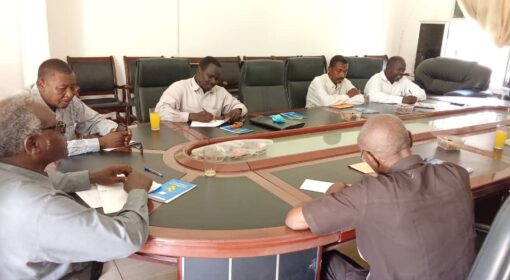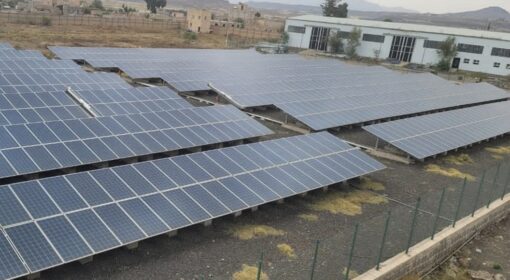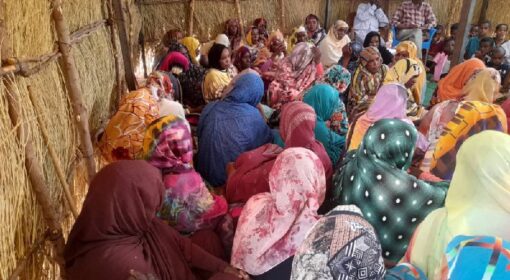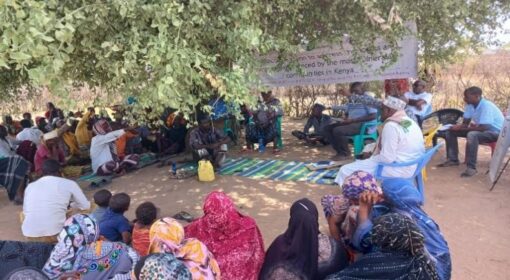By Frank van Steenbergen & Femke van Woesik
This blog is part of a dossier on locally-led adaptation, featuring insights and lessons from the Reversing the Flow (RtF) program. RtF empowers communities in Bangladesh, Burkina Faso, Ethiopia, Kenya, and Sudan to build climate resilience through direct funding and a community-driven, landscape approach.
In the field of development, communication is often viewed as a means for promotion or public relations. Its potential is far greater. Strategic communication can be a strategic tool that fosters ownership, builds coalitions, and drives change.
Strategic communication brings together stakeholders, allowing them to craft stronger messages collectively. This enhances the ownership and commitment of each individual and organization, fostering a powerful, unified voice. A collective force becomes a strong platform for shared ideas. It creates a sense of community and pride, energizing people to share their stories more effectively. One-way communication, even with the best intentions, misses this opportunity of using communication to build coalitions.
Many organizations do not get around individually to formulate their statements, though they have a lot of learning. Here, communication through coalitions is a powerful approach. By pooling resources and expertise, organizations can overcome individual limitations and achieve a greater collective impact. This strategic alliance also ensures that diverse perspectives are represented and that those without a voice are heard.
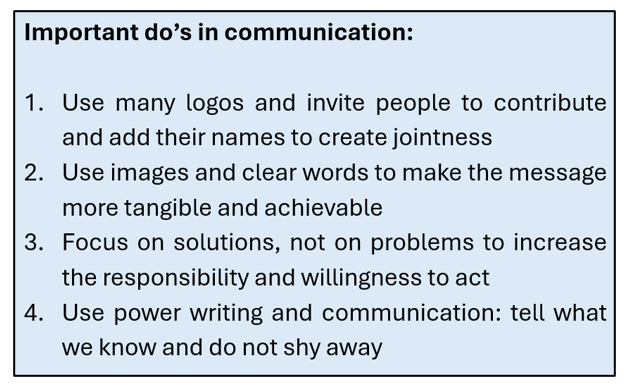
In essence, communication in this sector should not be underestimated as merely a dissemination tool; it is a critical component for building a visible and influential presence for driving positive change.
